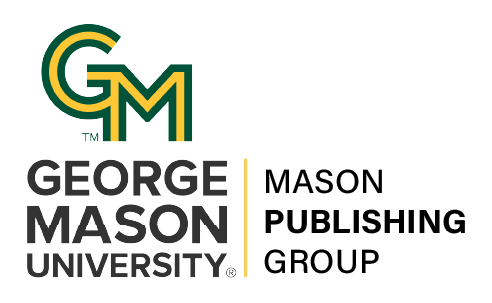How Does My Online Course & Online Teaching Show Quality?
DOI:
https://doi.org/10.13021/G8itlcp.10.2018.2258Abstract
Stearns Center-Digital Learning is committed to supporting excellence in online education, to meet/exceed research-based quality standards for online teaching and learning. To help Mason faculty and departments identify online quality, we have piloted a self-assessment tool for faculty, âHow Does My Online Course Show Quality?â The quality indicators in the self-assessment represent standards that are research-based and recognized by leading organizations for online quality, e.g., Online Learning Consortium and Quality Matters. The self-assessment presents quality indicators for 9 categories for Online Course Design (1. Course Overview and Navigation; 2. Learning Outcomes; 3. Accessibility; 4. Course Materials & Resources) and Online Teaching & Learner Support (5. Instructor Presence & Communication; 6. Learning Activities; 7. Grading and Feedback; 8. Learner Support; 9. Technology Support). For each category, we provide a list of possible examples showing evidence for quality. In the self-assessment, faculty first reviews the indicators and examples; then prepares a brief narrative for each of the 9 quality categories, describing the specific evidence for quality in their online course; identifying a stand-out practice from their course for each category; and listing anything that they would like to improve, enhance, or explore before teaching the online course again. The Online Teaching & Learner Support categories of the self-assessment may be used separately, for faculty teaching an already-developed online course. The self-assessment framework also may be revised for use as a peer-review tool, for departments to review quality of online courses and online teaching.Downloads
Published
2018-08-08
Issue
Section
Poster Session




